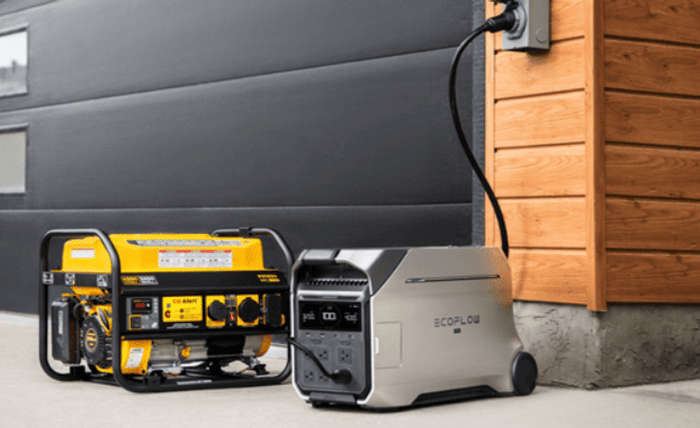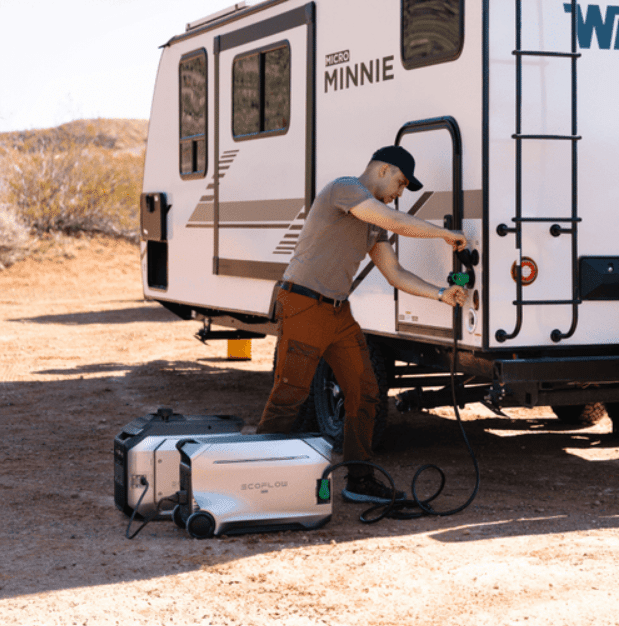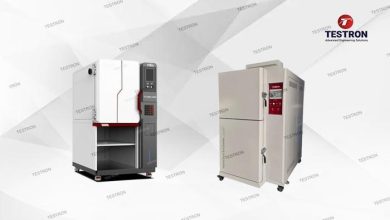
The peaceful chorus of birdsong and the wind in the leaves is abruptly interrupted by the jarring roar from a generator, an experience all too common to the exasperated camping enthusiast in search of a balance between rustic life and home comfort. With the ever-growing need to power personal electronics in the outdoors like phones, tablets, cameras, GPS – the constant search to balance technologically filled trips with the natural world has led to the power supply limitations of our 21st century toys. Traditional generators can be too noisy and risk damaging sensitive electronics by producing unstable power. Traditional generators are not only too noisy, they also disturb surrounding wildlife, violate many campground noise restrictions, and risk damage to your sensitive electronics. Then came the inverter generator – a game changer when it comes to how we power our outdoor escapades. These high-tech innovations provide whisper-quiet sound, clean energy, and consistent energy to power even the most sensitive electronics, such as smartphones, tablets, and electric blankets. In this review, we’re going to see how inverter generator technology is solving campers’ power concerns and learn what you need to consider when choosing one and using it right to power your camp.
Why Traditional Generators Fail Campers
You know the peace and serenity of camping are supposed to be restful and rewarding, not the hum of a cumbersome old-school generator. All of these traditional power supply sources tend to run at a steady, high RPM regardless of load, resulting in noise levels ranging from 65-85 decibels – far above acceptable campground noise levels of 50-60dB. It not only disturbs nature but you might also get complaints from other campers and even get thrown out of campgrounds. In addition to noise issues, their unstable power output (so-called “dirty power”) is dangerous for electronic equipment, especially sensitive electronic devices. Fluctuations in voltage can ruin or even fry pricey equipment like cell phones, laptops, and important medical equipment, including CPAP machines. Additionally, they burn a lot of fuel when running small loads, because there’s no way to vary engine speed to cater to power needs. They weigh 100 pounds or sometimes more, making them a pain to move around and position, especially on uneven ground or out in the wild when camping. These deficiencies result in traditional generators becoming less and less suitable for present-day camping requirements.
How Inverter Generators Deliver Quiet, Clean Power
The inverter generator technology is the inverter stage which introduces a new world of portable power generation. The generator develops high-frequency AC power and then converts it to DC. The DC power is converted back to modified sine wave AC power by the inverter. This advanced system, together with the variable speed engine technology, enables the generator to automatically vary the engine speed in accordance with the power required. With light loads such as charging phones or running LED lights, the engine throttles down to run at a quiet 48 decibels — about as loud as a whispery conversation, or far quieter than a typical lawnmower’s 90dB cacophony. The clean sine wave output of an inverter generator is nearly identical to that of household electricity, preventing power surges or spikes that could damage sensitive electronics. This pure power protects the safety of equipment, from smartphones to delicate medical machines. More than just excellent noise and power quality which ensures an even flow of power for all your electrical equipment, the MP2500i and MP2700i achieve remarkable fuel efficiency by matching the engine system and inverter system to their respective power needs – even when operating at maximum output level – reducing emissions, fuel consumption, and noise levels. One tank of fuel can keep the generator running up to 50% longer than traditional generators, and with far less pouring it down the drain for your camping.

Essential Features for Camping Power Solutions
Noise Performance & Compliance
When it comes to noise compliance, first understand what your campground’s noise ordinances are; it may be something in the ballpark between 50-60dB of sound during the silent hours. These days inverter generators do this with the help of state-of-the-art sound reducing technologies like double-insulated acoustic enclosures and innovative muffler systems that redirect and absorb sound waves. Anymore than that and strategic placement is key – by putting the generator on soft ground and the exhaust in the other direction of a camping spot, perceived noise may be decreased by as much as 25%.
Portability & Eco-Friendly Operation
When car camping, check out generators under 50 pounds that come with rugged wheels and telescoping handles for one-person transport. Backpackers might want something ultra-light, less than 30 pounds. Dual-fuel versatility provides the ability to run on either gasoline or propane with more runtime with propane and less maintenance. And all or most (many have solar input ports now) can be used to run them as hybrids with portable solar panels to extend battery life with minimal environmental impact.
Power Output & Runtime
Determine your total power needs by adding together wattages from the important devices you plan to power: A CPAP machine may need 100W of steady power, while a coffee maker may pull 800W for a few minutes at a time. The vast majority of camping setups are 1000-2000W total. Runtime is inversely proportional to load; full 8-20 hours of run-time on a single tank of fuel at 25% load. What’s more, if the rest of your outdoor equipment demands higher wattage, search for units with parallel connection plugs, enabling you to hook up two units of the same type to double the output safely.
Choosing Your Ideal Inverter Generator
To find the best inverter generator for camping, you simply need to find a pack of power that will match your style of camping. For RV camping and enjoying an air-conditioned experience, a model of around 2000-3000W would be ideal to provide enough power while still being relatively portable. If you are a tent camper, then you most probably want a 1000-2000 Watt unit which will give you enough power for your essential needs, but still light to transport. Companies such as EcoFlow have set themselves apart through unique capabilities that bridge the gap between portability and power — some models even run extra quietly at less than 50 dB, while others focus on fuel efficiency or long-lasting design. Consider real features, not gimmicks: documented sound levels, actual tested runtimes, and verified weight claims. Although you can find budget options for around $500 that will get the job done, the higher-end models at $1000 and up are backed by even-higher-end features such as smartphone monitoring, automatic low-oil shutdown, and increased fuel efficiency. For folks planning to have high power demands, you may want to go with a parallel-capable unit that would allow further expansion in the future, though you will want to make sure you budget for quality parallel kits as well.
Step-by-Step Setup & Safety Guide
Start your generator installation off with some basic pre-trip checks: You want to ensure that the oil is at proper levels, the air filters are in good condition, and that the spark plugs are firing. Select a level, operational surface in the campsite set up well beyond tent or RV, to provide sufficient ventilation and support structure. Always direct the exhaust away from your campsites and downwind if you can. As an extra safeguard, have a carbon monoxide detector fitted near sleeping accommodations. While in use, adhere to a starting protocol: open the fuel valve, put the choke on, and gently pull the starter cord. Watch initially for 2-3 minutes warming-up time before attaching source equipment. To reduce noise pollution, construct a barrier around the generator using natural materials or your car; however, never position your generator indoors. While in use, check fuel levels often, and don’t fill it to the brim — too much gas can damage the fuel system. For storage and transportation purposes, siphon the fuel lines, disconnect the battery (if so equipped), and secure the generator in an upright position in the vehicle using suitable tie-downs. After every trip, clean the unit and ensure the air vent and cooling fin performance remain great. Keep up with a regular maintenance log to keep record of scheduled services for a headache-free camping trip.
The Future of Quiet Camping Power
The transition from loud conventional generators to lighter, more user-friendly inverter generators is a game-changing one, and we’re glad to see it unfold in many, if not all, categories of generators. These revolutionary machines are arguably the biggest thing that’s ever happened to the production and camping industry, bringing compact, fuel-efficient power that can outperform any standard generator. When choosing an inverter generator, try to find one that has sufficient power for your particular use, choose based on how quiet the generator runs, and think about how portable the generator needs to be for your type of camping. Keep in mind – quality installation, maintenance, and safety precautions are crucial to get the best out of it over the years to come. By adopting inverter generator technology, campers can achieve the ideal harmony of nature and modernity and provide a comfortable, connected camp atmosphere while retaining the tranquility that so often motivates sleeping under the stars.




